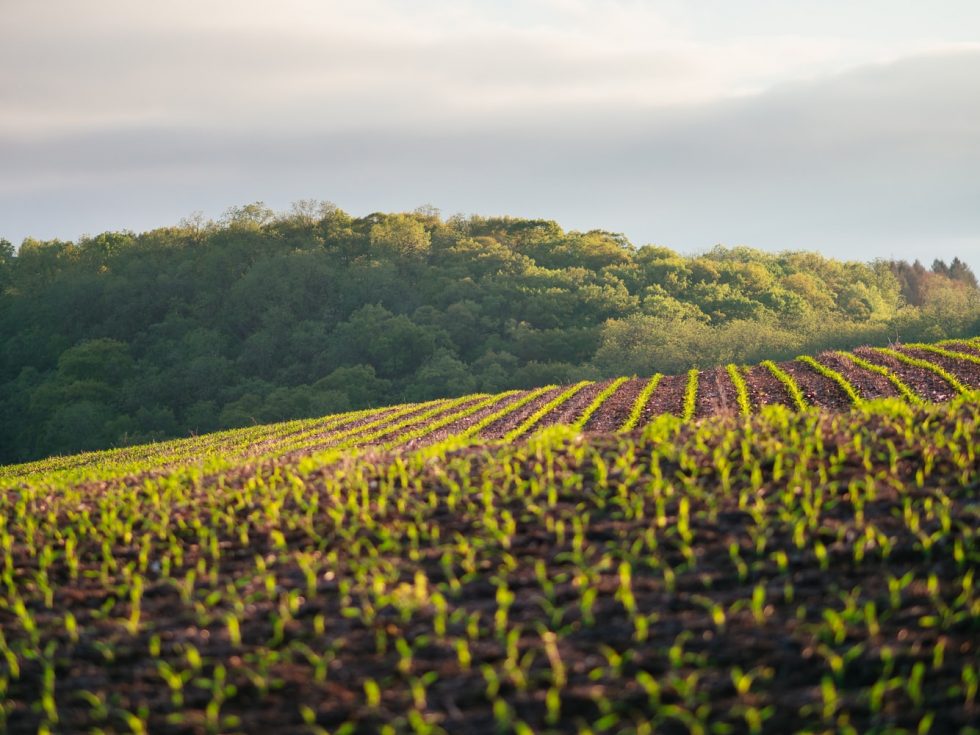Creating an optimal crop is the ultimate goal of any farmer. This is what the hard work goes in for, and so farmers are on the prowl for learning any useful tip and trick that ensures their yields are maximised.
Crop optimisation includes soil maintenance techniques, water conservation methods, seedbed preparation practices, etc.
Here at Kelly Engineering, we like to ensure that our community has access to the best knowledge and resources available. So if you’ve been looking for a way to push your yield capacity forward, these 5 tips will help.
Creating the perfect seedbed
Every Australian farmer knows the importance of a high-quality seedbed, which is essential for crop optimisation. When soil is evenly levelled out and given enough nutrients it not only increases the quantity, but also the quality of the yield.
Modern machinery is your best friend when it comes to creating a perfect seedbed. If you’re still relying on traditional seeding, it might be time to let go and welcome fresh change. Many modern tillage machines can provide you with even and levelled seeding, without the least bit of hassle. This is also dependent on the quality of tillage, which brings us to our next point:
Shallow tillage
Once the crop has been harvested, the soil is left rough and often requires ploughing. However, it is during this ploughing process that much of the soil is wasted. Regular tillage digs deep furrows into the ground, overly loosening the soil and contributing to erosion. This runs the risk of creating an uneven seedbed.
Shallow tillage systems, such as the disc-chain based Kelly Tillage System, work much more shallowly, ploughing only the top centimetres of the field and maintaining the soil integrity. This process maintains the subsoil moisture, creating a fertile seedbed that resists erosion and evaporation. Disc-chain based tillage systems are also effective in breaking down stubble and incorporating cover crops.
Reducing weeds
Weeds are every farmer’s nightmare, and controlling them can be tough. As the number of weeds grows, more chemical applications are required, increasing the risk of herbicide resistance. When it comes to weed control, the most effective method is to identify the weeds early, categorise them, and then treat them before they have a chance to grow. In this space, mechanical weed control through light surface tillage presents a viable alternative to chemical application.
Nutrient management
Smart, efficient, and targeted nutrient management programs help to ensure that soil nitrogen and phosphorus levels are maintained.
Use of green fertilisers like incorporated cover crops is one of the primary means through which you can improve better soil quality. Organic farming is performed with sustainability in mind, so if your goal is to go organic you’ll have to ensure that your soil nutrients remain balanced for the long term.
When it comes to efficient use of crop residues or stubble, the Kelly tillage system can be hugely helpful. It breaks down stubble with one pass, mulching and splitting stalks to accelerate the microbial breakdown process and add the nutrients back to the soil.
Multiple water management techniques
A common mistake during crop optimisation some farmers make in regard to moisture retention is relying on just technique. Water management is best performed with multiple techniques applied throughout the year.
Experts suggest irrigation scheduling, which involves planning the entire year’s irrigation process at the beginning of each season and setting things in motion when required. With proper water management techniques, your crop will get the best chance at achieving an optimal yield.
Applying best-practice industry knowledge will help to improve your crop yield and ensure that your efforts don’t go to waste. Farming may be a deeply traditional industry, but it needs to be looked at from a scientific perspective. Like any other process, it requires proper optimisation and an understanding of modern technology.
Make sure you aren’t relying on chemicals to get the job done without first exploring the range of available conservational methods for soil health management. As long as you treat the soil and your resources right, the yields will come to you!


